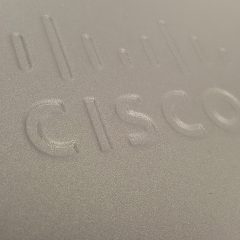Managing Forefront Endpoint Protection (FEP) with Microsoft Group Policy (GPO)
KB ID 0000604 Problem FEP is Microsoft’s offering for antivirus, try to think of it as the corporate version of Security Essentials. Just about everything on the net for managing it seems to be geared to managing it with SCCM. Which is fine if you have SCCM, but what if you don’t? Thankfully you can manage it with group policy, even if information on how to do it is rarer than hens teeth! With a Microsoft CoreCAL you can...
Exchange – Unable to Mount Stores (log file missing)
KB ID 0000348 Problem Exchange fails to mount a database and complains, with an error like the one below when you try and mount it manually. Error: Mailed to mount database ‘ database name’ Error: Exchange is unable to mount the database that you specified. Specified database {your server name}{path to database}{database name}; Error code: MapiExeptionCallFailed: Unable to mount database. (hr=0x80004005, ec=1032) You may...
Outlook Error 0x800CCC0F – Using POP3 To Exchange – Behind a Cisco CSC (Trend InterScan) Module
KB ID 0000642 Problem I upgraded a clients firewall and CSC software a couple of weeks ago, and ever since “some” users saw the following errors, Error 0x800CCC0F Task ‘{email address} – Sending’ reports error (0x800CCC0F): #The connection to the server was interrupted. If the problem continues, contact your server administrator or Internet service provider (ISP).’ Eventually it would time out...



